The April 1 RMD deadline is soon approaching! At this time of year, it’s a good idea to make sure you are familiar with the RMD requirements. This article will give you a quick overview of the 5 W’s of RMDs for most types of retirement plans.
Who needs to know about RMDs?
Anyone who has a tax-advantaged retirement account of any kind - including an IRA, 401(k), profit sharing plan, 403(b), defined benefit pension plan, and more - needs to be aware of the Required Minimum Distribution (RMD) rules.
Beneficiaries of deceased plan participants are also subject to RMDs, however those rules will not be covered in this article.
What even is an RMD?
Congress enacted tax-advantaged retirement accounts to help American workers save for retirement. The intention is that the amounts accumulated in those accounts will actually be used to support the individual during retirement, and not as an estate planning tool or a vehicle for transferring an inheritance to one’s heirs. Therefore the law requires that retirement accounts begin to be distributed at a certain time.
Why do I need to be aware of RMDs?
Failure to take an RMD when it is due can result in penalties up to 25% of the amount that was not taken.
When do I need to take an RMD?
Your first RMD from any retirement account must generally be taken no later than April 1 of the year following the year in which you reach age 73. This age was just increased from 72 to 73 by the SECURE 2.0 Act, and as a result 2023 is a transition year. In other words, anyone who turned 73 in 2023 would have been subject to the age 72 rule, and because they turned age 72 in 2022 they already had to take their first RMD by April 1, 2023. If you turn 73 in 2024, then your first RMD will be due by April 1, 2025.
For employer-sponsored plans (including 401(k) plans, 403(b) plans, 457(b) plans and defined benefit plans), you may generally postpone your first RMD until April 1 of the year after you actually retire from employment with that employer.
Putting these together, someone who turned age 72 in 2022 but didn’t retire until 2023 would have to take an RMD from their IRA by April 1, 2023, but could wait to take an RMD from their 401(k) until April 1, 2024.
After the first RMD, additional RMDs are due by December 31 of each year. If the first RMD is taken on or before April 1 of the calendar year following the year in which the employee reaches age 73 (or retires), then two RMDs will be due during that calendar year - one by April 1, and another by December 31.
Where do I need to take my RMD from?
All traditional (pre-tax) plans and IRAs must comply with the RMD rules. Roth IRAs and Roth accounts in 401(k), 403(b) and governmental 457(b) plans are excluded from RMDs.
If you have more than one IRA, you may treat all of them as a single IRA for RMD purposes. What that means is that while you must calculate the amount of your total RMD taking into account the balances in all of your IRAs, you may take the amount of the RMD as a distribution from just one account or some of the accounts.
The same aggregation rule applies to 403(b) plans, so if you were a participant in more than one 403(b) plan, you can take your entire RMD from just one 403(b) or split it among them.
Qualified plans (including 401(k), profit sharing, and defined benefit plans) must each separately satisfy the RMD rules. So if you have more than one 401(k) account, you need to take an RMD from each of them.
How much is my RMD?
For account-type plans (including all 401(k) plans, 403(b) plans, and IRAs) the amount of the RMD is equal to the account balance at the previous December 31 divided by a life expectancy factor. For a first RMD that is due April 1, it is technically considered to be on behalf of the previous year. So the account value used is the account value at December 31 two years ago (for example, an RMD due April 1, 2024 would be based on the December 31, 2022 account balance).
For defined benefit plans the amount is determined differently. This includes cash balance plans - the “hypothetical account balance” is not a real account balance for this purpose. In a defined benefit plan, the payment of the entire accrued benefit must commence by the required beginning date. Defined benefit plans can offer multiple optional ways for the benefit to be paid out, including a single life annuity, a joint & survivor annuity, a term certain & life annuity, a single sum payment, and more. Any of these can satisfy the RMD requirement. However, taking partial withdrawals (as in account balance-type plans) does not satisfy the requirement.
Non-governmental 457(b) plans have a special rule that the distribution becomes taxable when it becomes available to the participant, regardless of whether they actually take the distribution or not. Since participants in these plans are required to make an advance election as to how and when to receive their distribution, it is important that they actually take the money at the time elected, since they will be taxed on it regardless.
